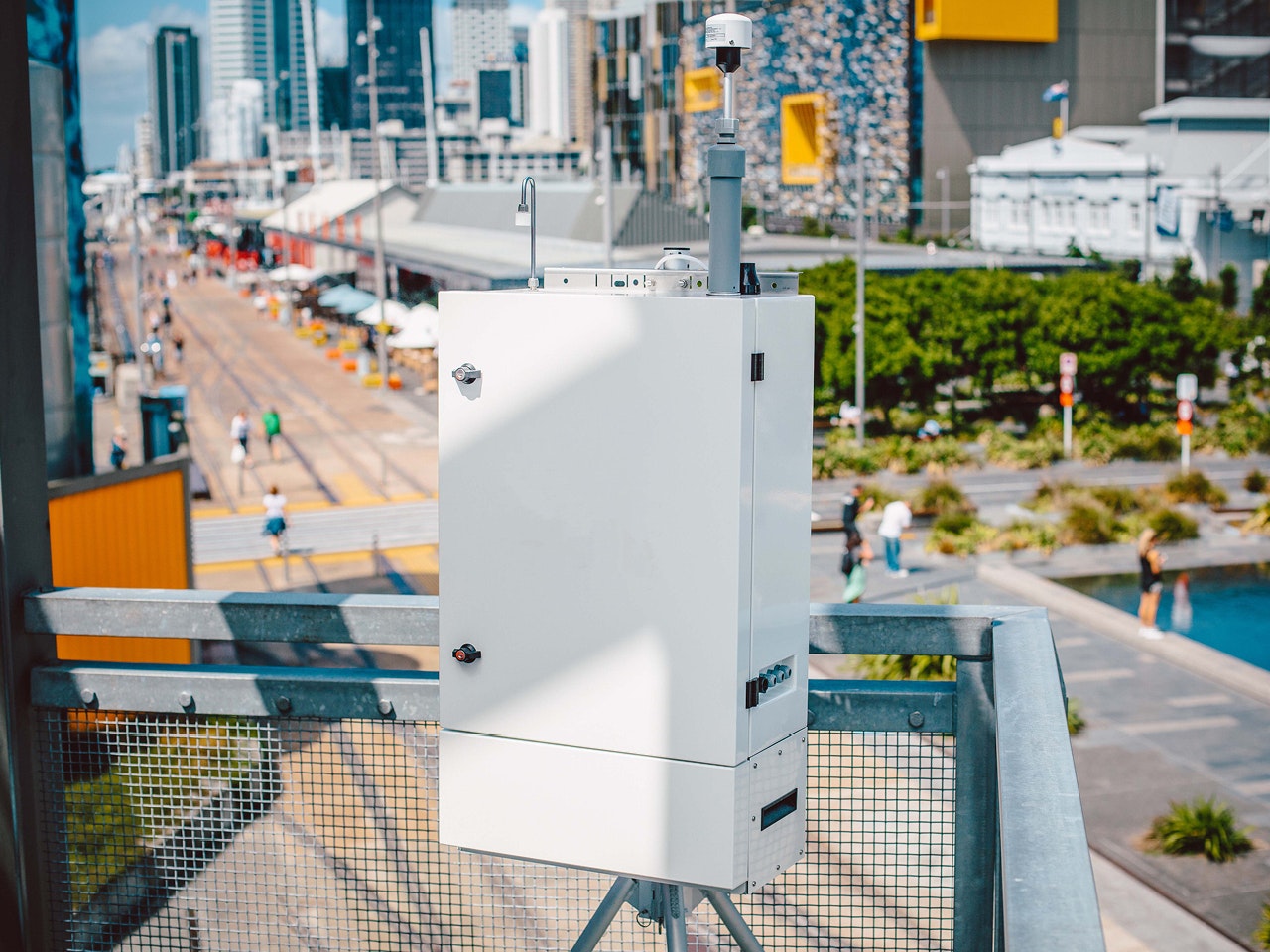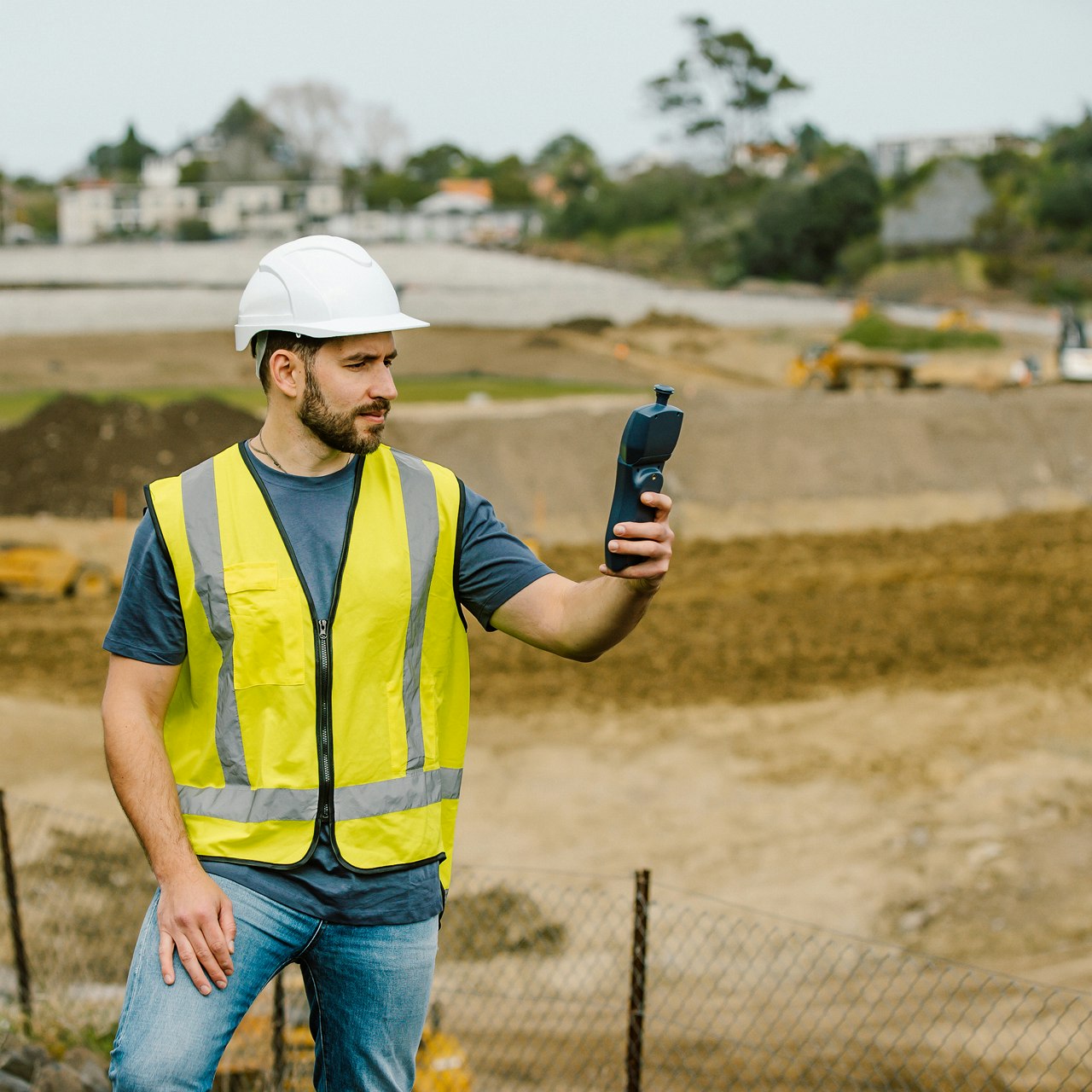Measurements
BTEX
Aeroqual designs and delivers a perimeter air monitor that measures BTEX.
Here we cover BTEX measurement principles, specifications and performance.
Why measure BTEX?
The BTEX module is designed to measure ambient benzene, toluene, ethylbenzene, and xylene at levels relevant for human health and ozone precursor studies. The module is ideal for measurement at both fence line and urban sites.
Benzene is found in ambient air because of burning fossil fuels, evaporation at gasoline storage and filling stations, and motor vehicle exhausts. The World Health Organization (WHO) classifies benzene as a group one carcinogen. The EU’s outdoor air limit value is 3.5 μg/m3.
Toluene, ethylbenzene, and xylene are important industrial solvents used in a variety of processes and products. All are ozone precursors.
Perimeter air quality monitor
The BTEX analyzer module features in our perimeter air quality monitor: AQM 65 Monitoring Station.
BTEX module measurement principle
The BTEX module is a carrier gas free miniature gas chromatograph (GC), manufactured by Pollution Analytical Equipment. It uses a MEMS (Micro Electro-Mechanical System) microfluidics design for selective pre-concentration and GC separation. Analyte detection is via a 10.6 eV photoionization detector. Peak quantification is performed automatically using inbuilt curve fitting algorithms.
The BTEX module measures a sample approximately every 15 minutes. This measurement sequence comprises a 10-minute sample pre-concentration, followed by injection and an approximately 5-minute chromatographic separation. The BTEX inlet samples at approximately 400 mL min-1.
Module specifications and performance
The BTEX module performance specifications are given in the table below.
BTEX Analyzer Module
Range (ppb)
0.1-50
Display Resolution (ppb)
0.01
Noise Zero (ppb)
0.05
Limit of Detection (ppb)
0.1
24 hr Drift Zero (ppb)
<2% FS
BTEX Field test results
The BTEX module was tested by the Puglia Regional Environmental Protection Agency (ARPA) at an air quality station in Taranto, Italy. The module was tested against a Chromatotec GC866 analyzer over a period of 7 weeks, starting December 2018.
Pollution Analytical Equipment, Technical Report, BTEX ambient air analysis: sources, regulations, technologies for controls.
Module calibration and traceability
The BTEX module can be field calibrated using standard calibration equipment and reference gases. This ensures the module calibration is fully traceable to NIST primary standards.
The BTEX module factory calibration is achieved using a zero-air source, a certified calibration gas standard and a certified gas dilution calibrator. The Aeroqual AirCal 1000 or 8000 systems can be used to calibrate the BTEX module in the field.
Calibration frequency will be dependent on the user’s data quality objectives and Quality Assurance Project Plan (QAPP), but based on the low rate of field drift the recommended calibration frequency is 1-3 months.
BTEX module component life
The BTEX module contains several components that need to be maintained for optimum performance.
The carrier gas filter and MEMS pre-concentrator both have an expected life of 1 year of continuous operation. The expected life of the lamp in the PID sensor is approximately 200 days of continuous operation. It can be replaced in the field. The MEMS chromatographic column should be replaced after 2 years of continuous operation. The BTEX module can be returned to Aeroqual for these replacements.
Products that measure BTEX
The following products measure BTEX, as well as particulate matter and gaseous pollutants in real-time.
Articles
Case Study - Brownfield Redevelopment
Texas Landfill Study Gathers Large Scale of Quality Data on a Limited Budget
Case Study - Brownfield Redevelopment
Real-Time Air Monitoring Protects New Yorkers, Saves Time and Money During Expansion of Nation’s Busiest Commuter Rail Line
Blog - Remediation
Producing Defensible Data: The Importance of Keeping Calibration Certificates Up to Date
Inquire about our BTEX products
Our BTEX advanced monitoring systems deliver hyper-local data and real-time alerts, giving you actionable data to make the decisions that matter.












